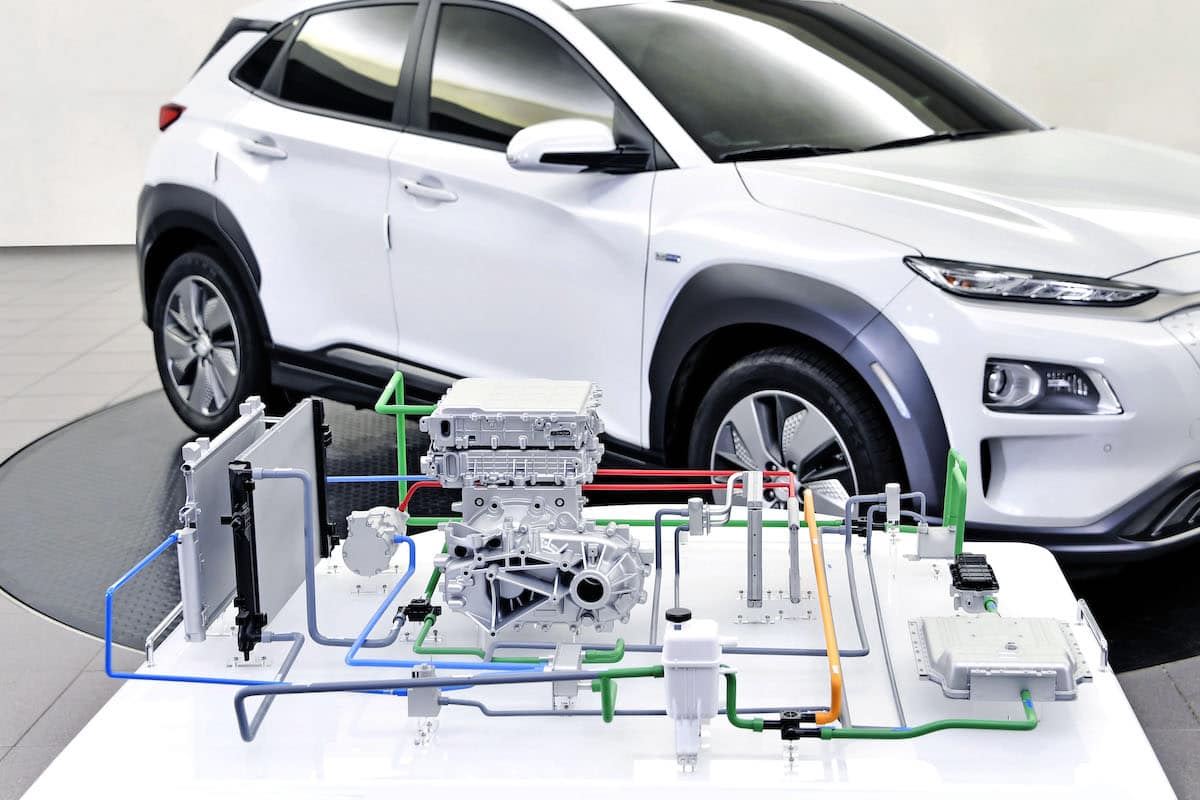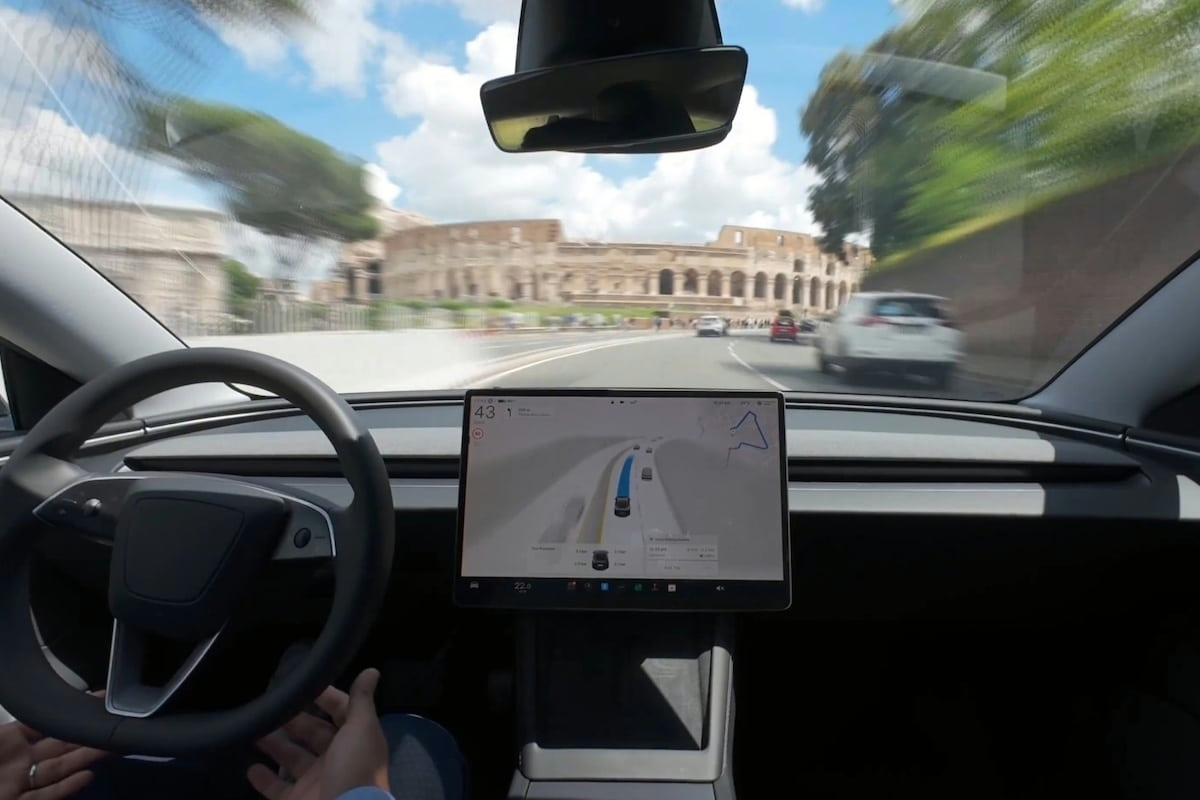How Does a Heat Pump Work?

Fire burns, water wets, and the heat pump keeps new electric cars running longer.
Based on a technology familiar to all households, the heat pump has become much more than just a comfort accessory in electric vehicles. We have entered a new era of automotive innovations, with brands regularly updating their vehicles to incorporate all sorts of modern technologies. This includes numerous systems to improve range, such as regenerative braking, which recovers kinetic energy lost during deceleration and reinjects it into the battery.
One of the most notable new technologies to increase the range of an electric vehicle, especially in winter, is the heat pump. Now available as standard on many electric vehicles, heat pumps capture heat from the batteries and use it to boost range.
How does a heat pump work?
Engines, whether electric or internal combustion, produce heat when in use. This is simply wasted energy, so to make the most of it, combustion engine vehicles use a small amount to help operate the heating or defrosting systems.
In comparison, electric vehicles are simply far too efficient! The motors and batteries generate excess heat, but not enough to power the heating system. Therefore, in winter, the energy from the battery must be used to operate the heating. Too bad! This is where a heat pump comes in, functioning like a refrigerator… but in reverse.
A household refrigerator contains refrigerant gas that becomes hot when compressed. Once compressed, the gas is transported through a series of tubes to the condenser. The condenser then radiates heat outward, cooling the refrigerant gas, which then moves into an evaporator coil. Since the evaporator is larger than the condenser, pressure drops and the refrigerant vaporizes. Its temperature then decreases, cooling the fridge.
A heat pump for electric vehicles draws in outside air, compresses it, and then uses the heat from the condenser to increase the temperature of the battery or the vehicle’s interior. Reversible heat pumps can be set to either warm or cool the battery. During cooling, excess heat from the battery can be directed inside via the cabin heater.
Adding a heat pump offers many benefits, but the most important is its ability to increase your electric car’s range, especially during winter months. The battery needs to be at a certain temperature to operate optimally because chemical reactions that produce energy slow down in the cold, leading logically to decreased performance and range.
It is estimated that the range of electric vehicles decreases by about 10% in winter, even before considering additional energy use for cabin heating. Heat pumps can significantly help mitigate this reduction.
Moreover, heat pumps are often remotely controllable via your smartphone, allowing electric vehicle owners to heat their car before departure. And if you’re plugged into the grid, you won’t drain the battery.
READ ALSO: Standard heat pump, Renault Scenic’s ultimate argument?
This page is translated from the original post "La pompe à chaleur, comment ça marche ?" in French.
We also suggestthese articles:
Also read






